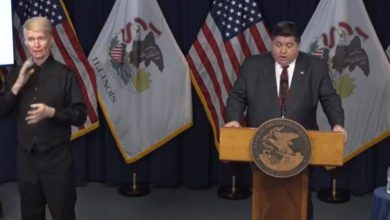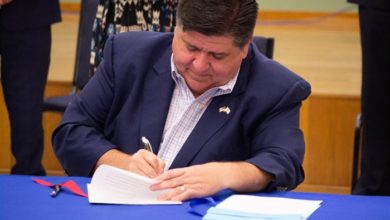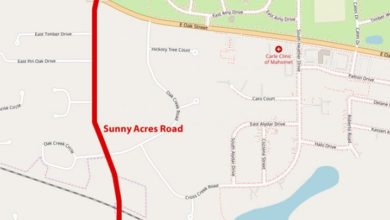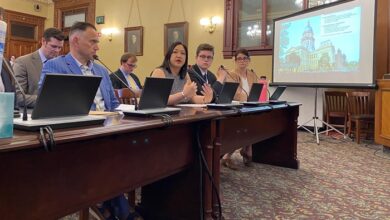CCFPD working to reduce carbon emissions

By Isabella Zarate
In efforts to preserve and restore the area, the Champaign County Forest Preserve District (CCFPD) is buckling down on emissions and taking measures into their own hands.
With time and consistency, emissions like carbon dioxide eventually begin to build up in the Earth’s atmosphere. In return, the build up creates a blanket of sorts that traps the heat in the planet.
Overtime, the effects of high emissions will have detrimental impacts on various communities, including that of Champaign County.
According to CCFPD Executive Director Lorrie Pearson, “Gas and diesel use currently account for 41% of CCFPD’s carbon emissions.”
Hoping to lower that number, Pearson explains some of CCFPD’s efforts such as electrifying their vehicle and equipment fleet.
“We currently secure electricity, which will be used to charge the electric equipment, through renewable energy providers at Lake of the Woods Forest Preserve, and hope to either enter similar contracts or begin producing some of our own renewable electricity at additional sites over time,” Pearsons added.
Illinois has already begun to see increased effects of emission buildup. Some examples of this are more intense storms and flooding, increased rainfall throughout the winter and spring seasons, hotter summer nights, and increased risk of summer droughts.
The CCFPD recognizes the challenges these issues create for everyone in the community including farmers, schools, churches, and families. They also acknowledge the stress these changes create as they disrupt nature and its life cycles.
In April of this year, the CCFPD Board of Commissioners approved a Climate Commitment.
The goal of this is for the District to continue protecting natural and cultural resources in addition to the hope that the community too is inspired to care, enjoy, and explore their natural world.
With that the District has three main ways they plan to reduce emissions.
One being the reduction of greenhouse gasses within the forest preserve. Where possible, the preserve vows to cut out and limit unnecessary pollutants such as that from their own buildings, vehicles, and equipment. The main goal is to reach near zero greenhouse gas emissions by the year 2050.
The second step lies in the palms of the preserves. By continuing to protect and enhance the health of preserves, nature heals itself as the wetlands, forest, and prairies all absorb and store carbon from the air. In addition, increasing the diversity of plant species and habitat types will strengthen the resilience of the native landscapes.
Lastly, the CCFPD will continue to lead by example. As they will publicize upgrades and renewable investments, they hope to educate and inspire the public regarding ways that they too can help to reduce emissions.
Pearson concluded, “As far as what emissions reductions will look like for the community into the future: less noise from maintenance equipment from mowers to string trimmers, electric vehicle charging stations available for District vehicles and the public, solar panel installations in some locations, and sustainable design standards met in new facilities.”




